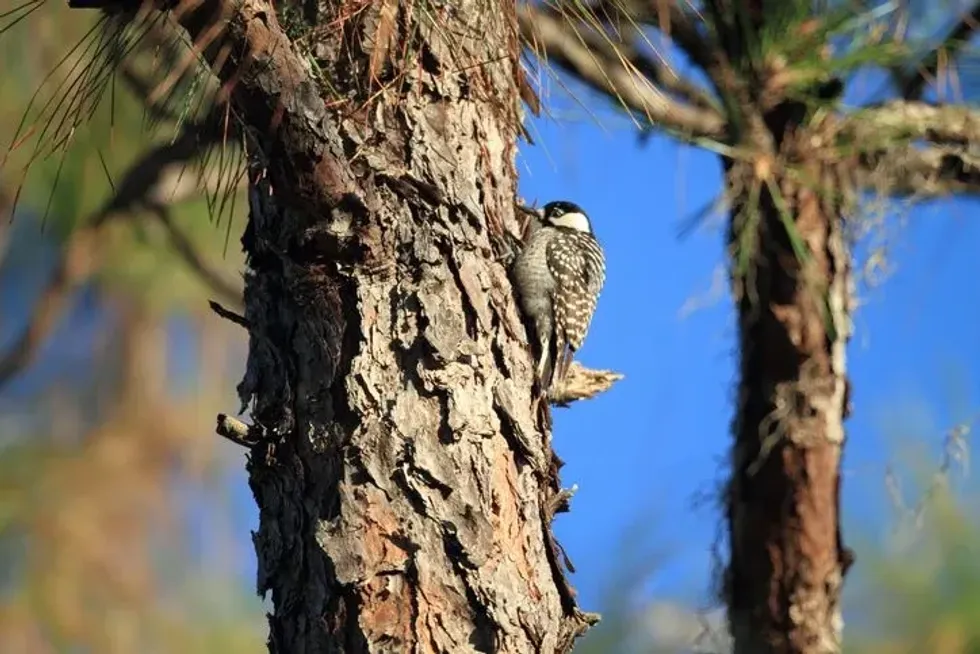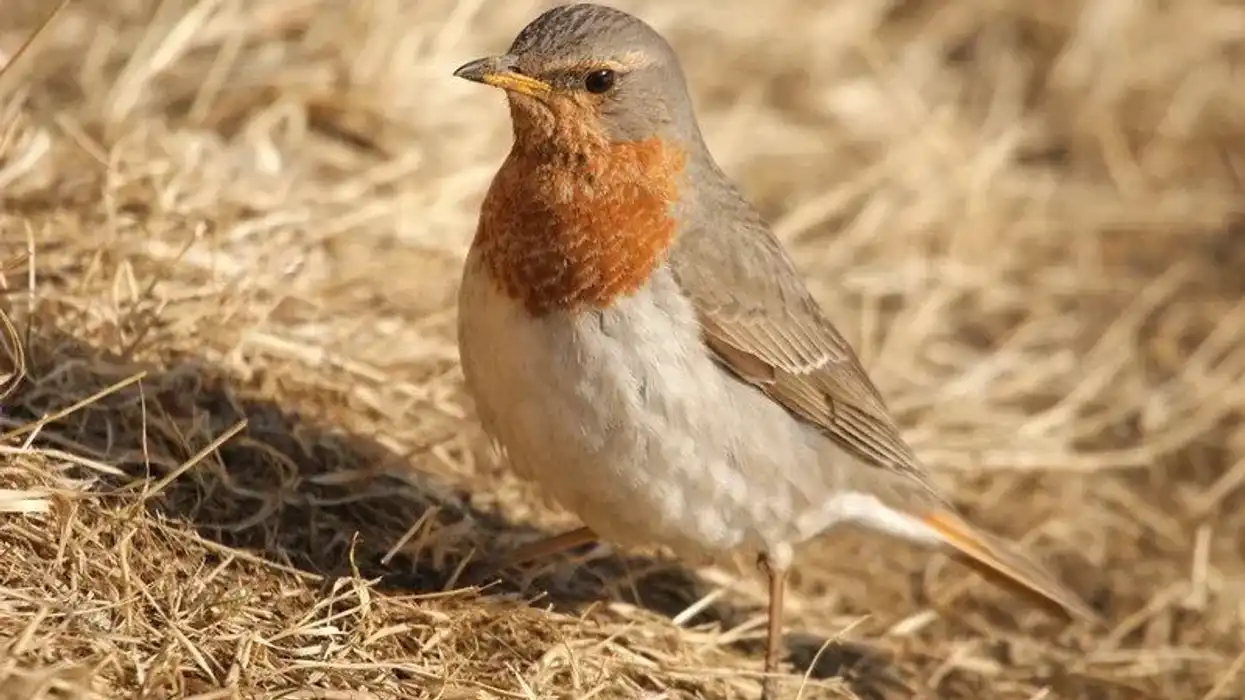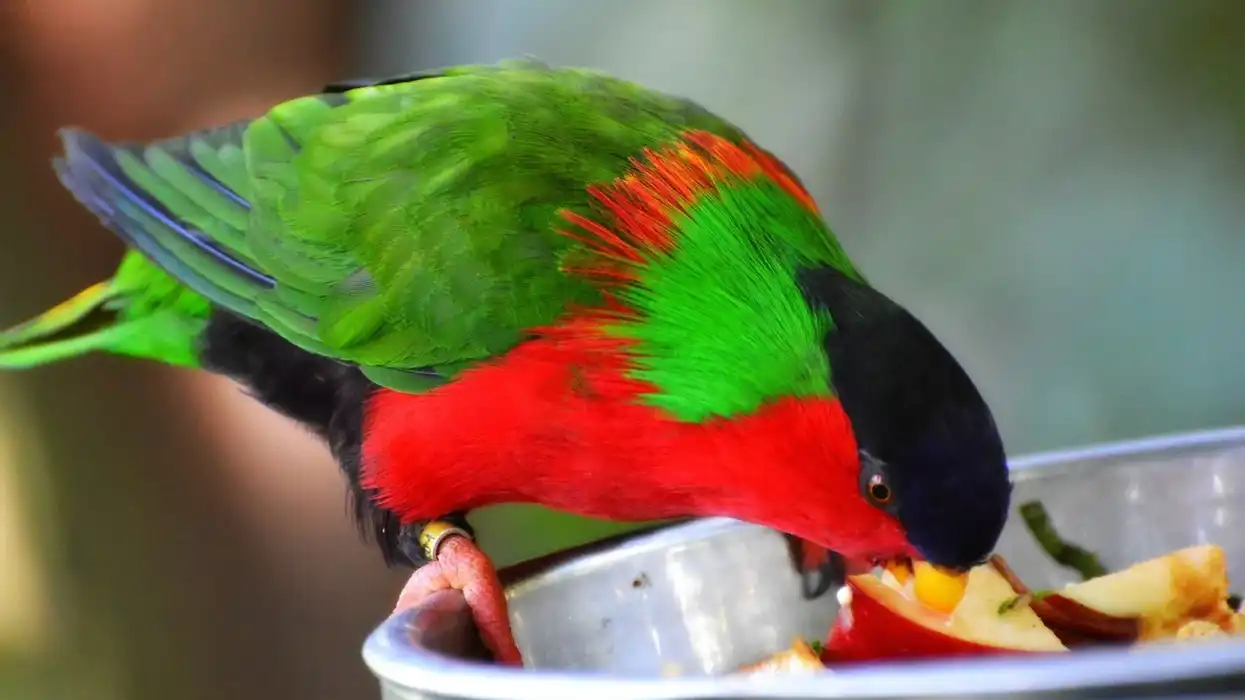A red-cockaded woodpecker is a type of woodpecker species, belonging to the class Aves, order Piciformes, family Picidae, and genus Leuconotopicus. These North American birds are very well known for living on trees and were once relatively easy to spot in southern pine forests.
They were easily found in regions like Virginia, south to Florida, and west to Arkansas, Oklahoma, and Texas. However, ever since these birds were listed as endangered it has become very difficult to spot them in the wild.
Red-cockaded woodpeckers are usually black and white in color, with large white cheek patches. They also have a distinguishing nearly invisible red streak (known as a 'cockade') at the upper border of their cheek. These birds weigh about 1.5-1.8 oz (42-52 g) and are about 7.9-9.1 in (20-23 cm) long in size
A red-cockaded woodpecker (Picoides borealis) usually builds its nest cavity in old living mature pine trees which are between 80 to 100 years old. Learn more about this amazing bird here, and be sure to read our guide to the pileated woodpecker and the ivory-billed woodpecker for more great animal facts!
Red-Cockaded Woodpecker Interesting Facts
What type of animal is a red-cockaded woodpecker?
A red-cockaded woodpecker is a woodpecker species. It is a species of birds that are very well known as North American woodpeckers.
What class of animal does a red-cockaded woodpecker belong to?
The class of animals that these woodpeckers belong to is the birds (Aves) class.
How many red-cockaded woodpeckers are there in the world?
There are at least nine species of woodpeckers in the world that fall under the genus Leuconotopicus and red-cockaded woodpeckers are one of these nine species. These North American birds are very well known for living on trees in southern pine forests.
It is difficult to get an accurate estimate of the population of these birds as, under the Endangered Species Act of 1973, red-cockaded woodpeckers are listed as endangered.
Where does a red-cockaded woodpecker live?
Red-cockaded woodpeckers are found living in pine forests and open pine woodlands. These North American birds were once considered to be very common in the southeastern United States, in regions like Virginia, south to Florida, and west to Arkansas, Oklahoma, and Texas. Now that these birds are listed as endangered it is very difficult to spot them.
What is a red-cockaded woodpecker's habitat?
A typical red-cockaded woodpecker habitat is a mature pine forest. They are usually spotted on trees that are 80 to 100, or more, years old. Once, they were commonly found on longleaf pine trees but now they mostly occur in loblolly, slash, and some other pine trees in southern pine forests.
Who do red-cockaded woodpeckers live with?
Red-cockaded woodpecker birds mostly live in family groups. These species of birds are usually spotted flocking in isolated clans, and each of these clans is formed with extended family groups. Each clan has at least one breeding pair of adult birds, who are assisted by three to four other birds in their nesting group.
How long does a red-cockaded woodpecker live?
The lifespan of a red-cockaded woodpecker can reach 12 years but the average lifespan is lower than 12 years.
How do they reproduce?
After mating with a male, female red-cockaded woodpeckers lay three to four eggs (sometimes two to five) and these eggs are white in color. Then comes the process of incubation which is shared by both parents and, to a certain extent, also by the helpers of the adult breeding pair.
The incubation period lasts about 10 to 11 days. Both parents, as well as the helpers, feed the young birds when they hatch. These young birds leave their nests in 29 to 30 days.
What is their conservation status?
Under the 1973 Endangered Species Act, red-cockaded woodpeckers have been listed as Endangered. These red-cockaded woodpecker birds were once considered to be very common and were spotted easily in the southeastern United States, in regions like Virginia, south to Florida, and west to Arkansas, Oklahoma, and Texas.
Ever since these birds were listed as endangered it has become very difficult to spot them. Various steps and protection programs have been put in place by the U.S.
Fish And Wildlife Service to protect these birds from becoming extinct. For example, various artificial cavity excavation processes are occurring in longleaf pine trees in order to hopefully increase the red cockade population.
Red-Cockaded Woodpecker Fun Facts
What do red-cockaded woodpeckers look like?
Red-cockaded woodpeckers are usually black and white in color, with large white cheek patches. They also have a distinguishing nearly invisible red streak (called a 'cockade') at the upper border of their cheek. These birds weigh about 1.5-1.8 oz (42-52 g) and are about 7.9-9.1 in (20-23 cm ) long.

* Please note that this is an image of a woodpecker, not a red-cockaded woodpecker specifically. If you have an image of a red-cockaded woodpecker please let us know at hello@kidadl.com.
How cute are they?
Some may find a red-cockaded woodpecker cute while others don't. We think that they are quite cute, especially if you are lucky enough to see them in their natural habitat!
How do they communicate?
The red-cockaded woodpecker (Picoides borealis) communicates with the help of a very unique form of communication. This red-cockaded woodpecker call is called drumming.
How big is a red-cockaded woodpecker?
Red-cockaded woodpeckers are about 20-23 cm (7.9-9.1 in) long and they have a wingspan of around 14 in (36 cm). This woodpecker (Picoides) is about eight times bigger than a rat!
How fast can a red-cockaded woodpecker fly?
Red-cockaded woodpeckers can fly at a speed of about 34 mph (54.72 kph)
How much does a red-cockaded woodpecker weigh?
This woodpecker weighs about 1.5-1.8 oz (42-52 g).
What are their male and female names of the species?
Both male and female red-cockaded woodpeckers are simply known as red-cockaded woodpeckers.
What would you call a baby red-cockaded woodpecker?
A baby red-cockaded woodpecker (Picoides borealis) is called a juvenile.
What do they eat?
Red-cockaded woodpeckers are seen feeding upon insects, arthropods, ants, beetles, termites, roaches, centipedes, wild fruits, and pine seeds.
Are they dangerous?
No, they are not dangerous birds.
Would they make a good pet?
They will not make a good pet due to the fact that they need to live in an open environment, ideally in pine forests and woodlands. We cannot provide them the environment in which they are adapted to live if we keep them as pets.
Did you know...
There are so many fun facts about the red-cockaded woodpecker. For example, did you know that these birds do not visit bird feeders?
These birds create a resinous barrier near the cavity entrances on mature trees to stop rat snakes and other predators from entering the trees.
Why is the red-cockaded woodpecker endangered?
Due to a loss of habitat, this species of woodpecker has been listed as Endangered. The number of pines and woodland forests has been drastically declining, impacting their population drastically.
How to save the red-cockaded woodpecker
In order to save red-cockaded woodpeckers from becoming extinct, various programs have been put in place by the U.S Fish And Wildlife Service. For example, various artificial cavity excavation processes are occurring in longleaf trees in order to hopefully increase the red cockade population.
Conservationists have also gotten in touch with private landowners and encouraged them to plant more pine trees. Lastly, timber companies have also been urged to protect these birds.
Here at Kidadl, we have carefully created lots of interesting family-friendly animal facts for everyone to discover! Learn more about some other birds including the common blackbird, or the brant.
You can even occupy yourself at home by drawing one on our Red-cockaded woodpecker coloring pages.










